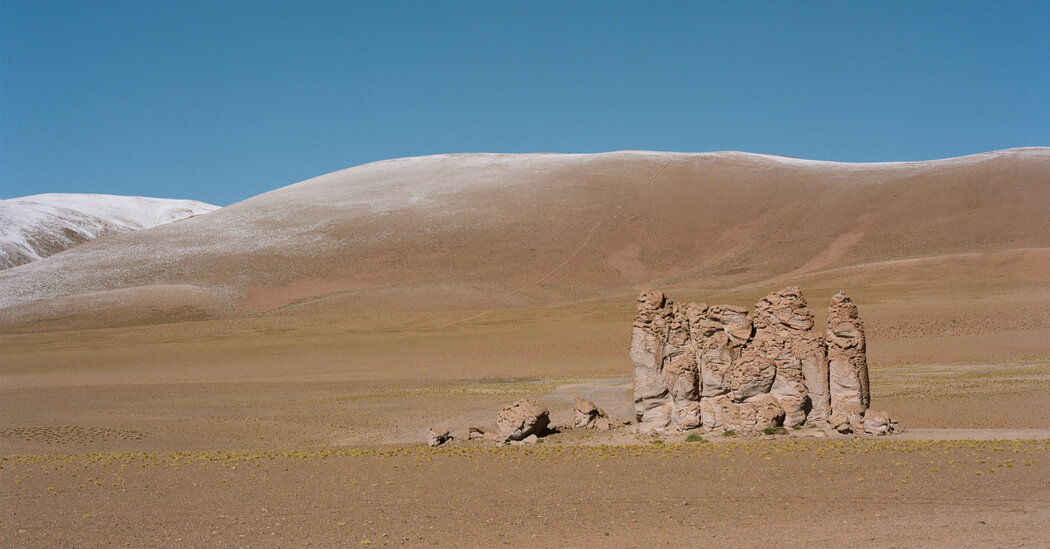BY THE TIME I arrived at the European Southern Observatory site at Paranal, I could feel the dryness in my body. A headache nagged. The astronomers there said occasionally their skin itched; they didn’t sleep well. “Sometimes you look like a 100-year-old person,” said Florian Rodler, a 44-year-old staff astronomer originally from Austria. But the observatory, 80 miles south of the coastal city of Antofagasta, is one of the best sites in the world for looking into space. Its Very Large Telescope is perched at 8,645 feet atop an explosive-flattened mountaintop, where the atmosphere is relatively stable and incredibly dry. Almost 90 percent of the nights are clear. I asked about the most distant object the V.L.T. has seen, and Rodler answered in terms of time rather than space: a few hundred million years after the Big Bang, when the first galaxies were beginning to form. Everything we see in space is in the past. “Here we collect the light of the universe,” a Paranal engineer told me. The light from the moon takes 1.3 seconds to reach us. The sun’s light, about eight minutes. The nearest stars’, a little more than four years. From some stars, we are seeing light from when the Chinchorros were making their first mummies. From distant galaxies, the light collected by the V.L.T. was emitted long before the Earth was formed. Twelve miles away on another flattened mountaintop, E.S.O. is building a new telescope, the Extremely Large Telescope, which will be used for, among other purposes, hunting for exoplanets that might support life.
I spent the night in the residencia for scientific staff, a long, low structure built into the mountainside downhill from the V.L.T. that, in the James Bond film “Quantum of Solace” (2008), stands in for a Bolivian eco-hotel that gets spectacularly blown up. My room was simple, with a twin bed and a view onto the Mars-like red landscape. The main building has a large, translucent dome that lets in daylight but must be covered at night. For the sake of the telescopes, all light must be contained.
On my way back to the residencia, I stopped and looked up at the billowing arch of the Milky Way. The air was cold, clear and silent. The darkness was thick and velvety and, overhead, the universe receded and receded. The realm of the dead, the realm of the stars. It seems natural to want to connect the two, to draw a link between two great unknowns. The Atacama, for all its emptiness, is not a void. It is, through quirks…
Click Here to Read the Full Original Article at NYT > Travel…
